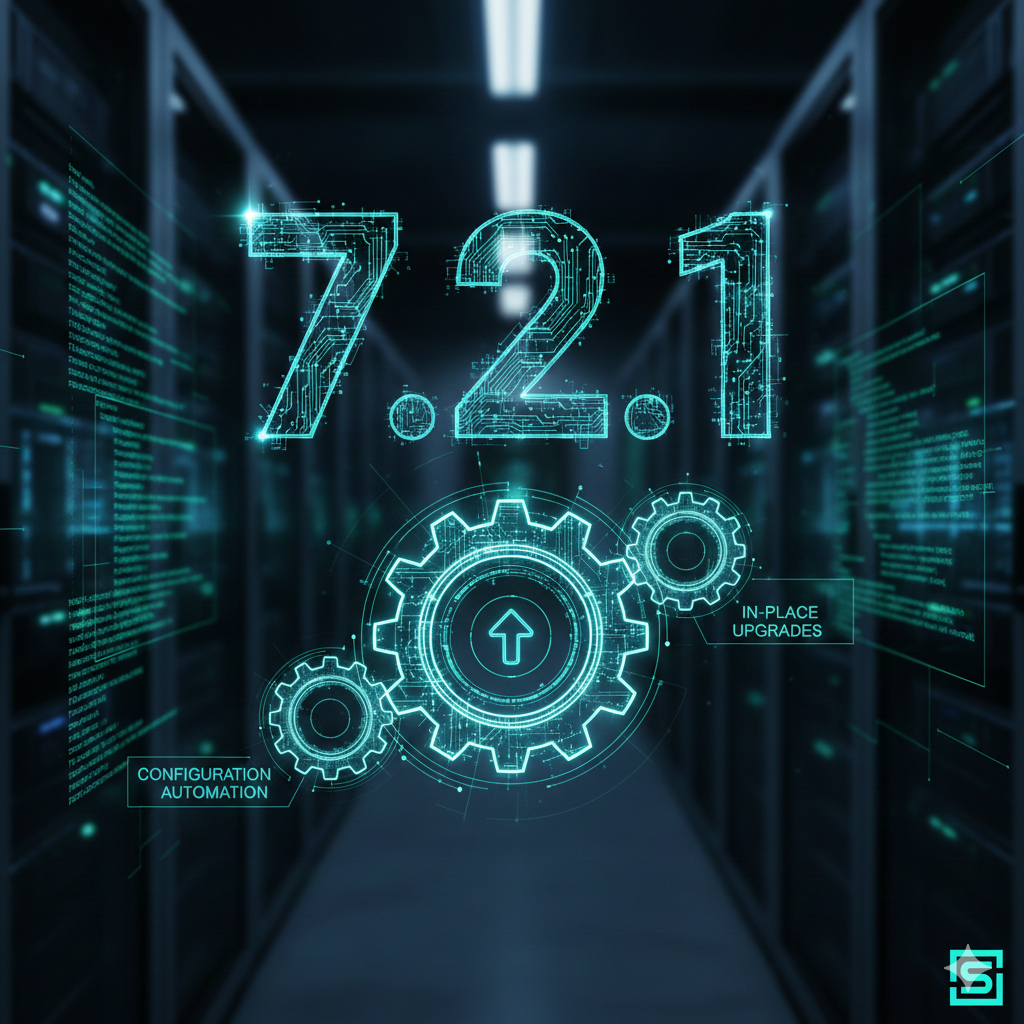Oracle Support Coverage
In February, Oracle announced an extension for Fusion Middleware 12.2.1.3 error correction through to December 2022. However, during this timeframe, content will be limited to P1 requests, and security updates (CPU program) delivered via standard quarterly patches. We’ve heard the extension (and the previous one) has been welcomed by our customers as they plan their upgrade to the Fusion Middleware’s LTS version of 12.2.1.4.
Upgrade Options for Customers
As far as upgrade options, there are really only two to choose from. Side by side and in place upgrades.
- Side by side. Infrastructure is created in parallel as the current platform so allows for infrastructure refresh at the same time as upgrading. A useful resource for side by side upgrades is how we performed a side by side upgrade of Oracle SOA11g to SOA 12c with Oil Search in our case study at https://www.mystsoftware.com/case-studies/oilsearch
- In-place upgrade. Utilises existing infrastructure assets to replace the product and domain. This simplifies external party communications but can be more complex in other areas.
Over our years of helping customers with upgrades, we generally saw side by side as the most common option by far. It was just easier to combine the upgrade with an infrastructure refresh or move to the cloud but what if you’re already there? What if want to continue with your infrastructure investments? Well, now you should really consider an in-place upgrade.
What we have been doing
The task of performing an upgrade has very rarely been an easy one and there are multiple trade-offs when it came to embarking on an upgrade path. Well, we’ve been working with our customers to better understand their requirements and choices when it came to conducting their upgrades. From our discussions, the top 5 complexities are summarised in the table below and what we are able to provide or suggest as a solution or counter-measure to the challenge.
Automating the in place upgrade process
The documentation for performing an in place upgrade is thorough but can also feel a bit daunting when you need to read through, then execute against it. It also needs to be noted that not all started versions(the version of the Oracle FMW platform currently) are created ‘equal’ as there have been some quite considerable changes in the products over the years. So, depending on the products installed and the versions, the process can be slightly different to get to the latest version. For example, you can upgrade to Oracle SOA Suite and Business Process Management 12c (12.2.1.4.0) from the following production starting points in 12c: 12.1.3, 12.2.1.2.0 and 12.2.1.3.0. However, you’ll notice that 12.2.1.1.0 is not an option. We believe, creating a list of tasks that need to be completed then keeping track of them is time better spent elsewhere. Besides, we love automating time consuming and error prone processes to make our customer’s lives easier. Partnering with one of our customers, we started to measure the differences between a manual (using the documentation)and our automated approach.
Introducing our automated in-place upgrade path for Oracle Fusion Middleware:

- Discover Configuration: Intelligently discover your existing domains including, installed products, versions, and system resources such as data sources, JMS configuration, and JCA adapters.
- Update Model and Java: Update your model to use the LTS version of the Oracle catalog (12.2.1.4). Also, use this as an opportunity to download the product installers and ensure Java is on the latest update.
- Execute in place upgrade action: Run an Update and in place upgrade action. This will perform the necessary steps in the upgrade process such as creating a back up of your domain and existing product directories, installing the new version, running the upgrade assistant (twice if using components), and distributing the new domain to all hosts
- Perform Validations: Ensure the domain is up and running on the new version and any smoke tests run correctly.
The video below shows the process in action.
Maybe in-place upgrades may now be the preferred upgrade option for your Oracle Fusion Middleware platform? Get in touch if you'd like to discuss further.
Photo by JESHOOTS.COM on Unsplash





.png)



